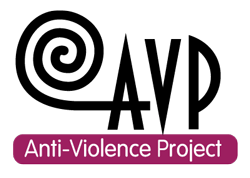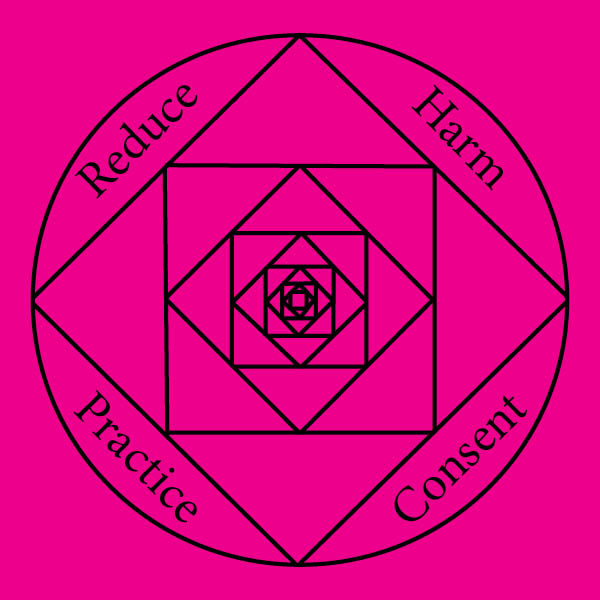Harm Reduction and Consent
Humans are messy creatures. Interacting with each other, especially in vulnerable ways, comes with risk. Although usually unintentional, we hurt each other often. In this current society we are taught entitlement to bodies from a very young age. For example, a relative can pick you up, hug you, or pinch your cheeks – even if that’s not what you want. Many people go their whole lives without learning about consent.
The concept of harm reduction is often only used when talking about increasing safety in drug and substance use – however, the principle applies to basic interactions between people as well. When we practice consent in these interactions, we reduce harm. Consent practices give us tools to check in with ourselves and each other about what we (body, mind, spirit) really want. They also give us tools to express boundaries, to listen to answers, and to respect them. This allows us to create a culture of care where everyone’s needs and boundaries are important and respected. With this model we do less harm to one another, and to ourselves.
At AVP we often say that “everyone is capable of causing harm,” and this includes ourselves. We’ve all caused harm in the past by not engaging in consent practices or listening to people’s boundaries. And we’ll probably do it again because humans are imperfect, messy creatures that make a lot of assumptions. So we work with people who have caused harm to unlearn violence, and violent behaviours and thoughts. Although it can be challenging, we do our best to suspend all judgment, shame, and stigma. Causing harm doesn’t make us “bad” people, but does mean we need to do unlearning, work on repairing our relationships, and figure out some accountability for the harm we have caused. Judgement, shame, and stigma do not foster conditions for unlearning. Working with people who have caused harm is complicated, hard, and messy. We don’t always get it right and we make mistakes. And AVP is committed to doing our own accountability work, and engaging in community-based responses and transformative justice (as will be addressed in a future post).
Harm reduction is also about meeting people “where they are at”. This means not judging people or disposing of them for not knowing about consent. How do we learn about these things when our entire society is upheld by entitlement to bodies, land, and resources? We try to use harm reduction to suspend judgment about where people are at and help them understand consent, or to improve consent practices. This doesn’t mean excusing behaviours or actions, but trying to remember where the person is at in their learning journey, exploring if they are willing to look at their actions, and helping them to (un)learn more. Here at AVP we’re always learning and figuring out more ways consent does not exist in systems and in our actions – and figuring out how to change that. If we’re still (un)learning, then we know most people are too. Shaming or judging people for not knowing is not helpful.
Consent and harm reduction are also about care and respect for every body. These things need to be a part of our culture. It’s a really low bar to expect people to ask us what we want. And we know we can all do better.
Kîwetinohk Kîsik (trish pal)







